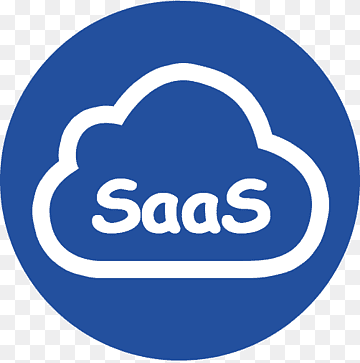
Introduction:
In recent years, the software industry has undergone a significant transformation thanks to the rise of Software as a Service (SaaS). SaaS has revolutionized the way software is delivered, accessed, and maintained, offering numerous benefits to businesses and individuals alike. This blog explores the emergence of SaaS and its impact on the software industry, highlighting key advantages that have propelled its widespread adoption.
The Emergence of SaaS:
SaaS emerged as a response to the limitations of traditional software distribution models. Previously, software was predominantly sold as a physical product, requiring installation and maintenance on individual devices. This approach posed several challenges, such as high upfront costs, complex installations, and the need for regular updates.

With the advent of cloud computing, SaaS became a game-changer. It allowed software providers to deliver applications over the Internet, eliminating the need for physical media and enabling seamless access from any device with an Internet connection. This shift to a subscription-based model transformed the way software was consumed, bringing numerous benefits to both vendors and users.
Advantages of SaaS:
- Cost-effectiveness: SaaS offers a cost-effective alternative to traditional software licensing models. Instead of purchasing expensive software licenses upfront, users can subscribe to SaaS applications, paying a monthly or annual fee based on their usage. This eliminates the need for substantial initial investments, making software accessible to businesses of all sizes.
- Scalability: SaaS provides unprecedented scalability. As businesses grow, they can easily scale their software usage to accommodate their changing needs. With traditional software, upgrading licenses or infrastructure could be a time-consuming and costly process. SaaS eliminates these barriers, allowing businesses to scale up or down effortlessly, ensuring that they only pay for the resources they require.
- Enhanced User Experience: SaaS applications are designed to provide a seamless and user-friendly experience. Updates and maintenance are handled by the software provider, ensuring that users always have access to the latest features and improvements. Additionally, SaaS applications often offer customization options, allowing users to tailor the software to their specific requirements. This focus on user experience sets SaaS apart from traditional software approaches.
Business Transformation:
The rise of SaaS has brought about a significant business transformation across various industries. It has democratized access to powerful software tools, enabling startups and small businesses to compete on a level playing field with larger enterprises. SaaS has empowered organizations to streamline their operations, enhance collaboration, and drive productivity.
Moreover, SaaS has fostered innovation by encouraging a vibrant ecosystem of third-party integrations and complementary services. Businesses can now leverage a wide array of specialized software solutions that seamlessly integrate with their core SaaS applications, further enhancing their capabilities.
Conclusion:
The rise of SaaS has revolutionized the software industry, offering businesses and individuals a more cost-effective, scalable, and user-friendly approach to software consumption. The benefits of SaaS, such as reduced upfront costs, enhanced scalability, and improved user experience, have contributed to its widespread adoption. As SaaS continues to evolve, it is poised to shape the future of the software industry, driving innovation and transforming businesses across the globe.